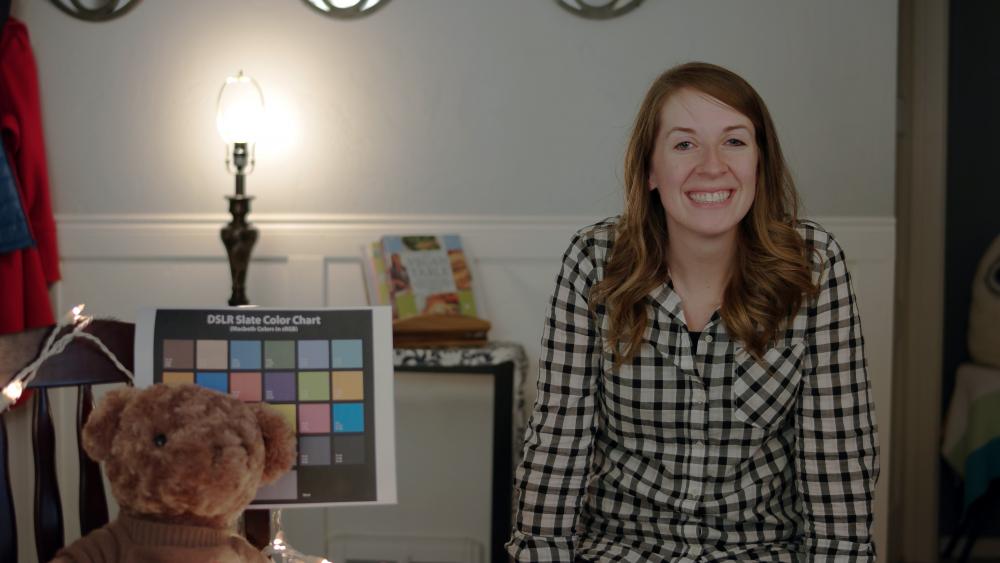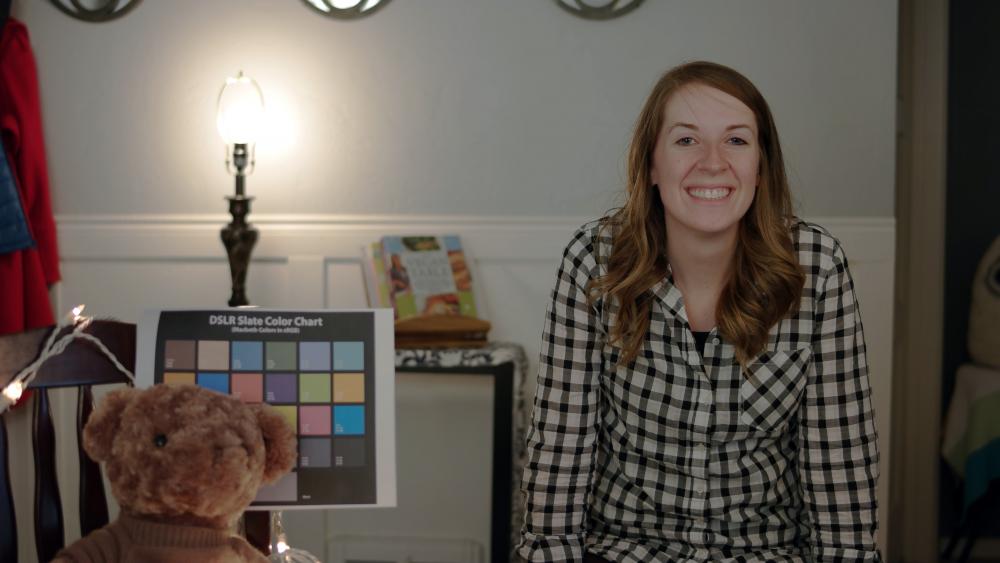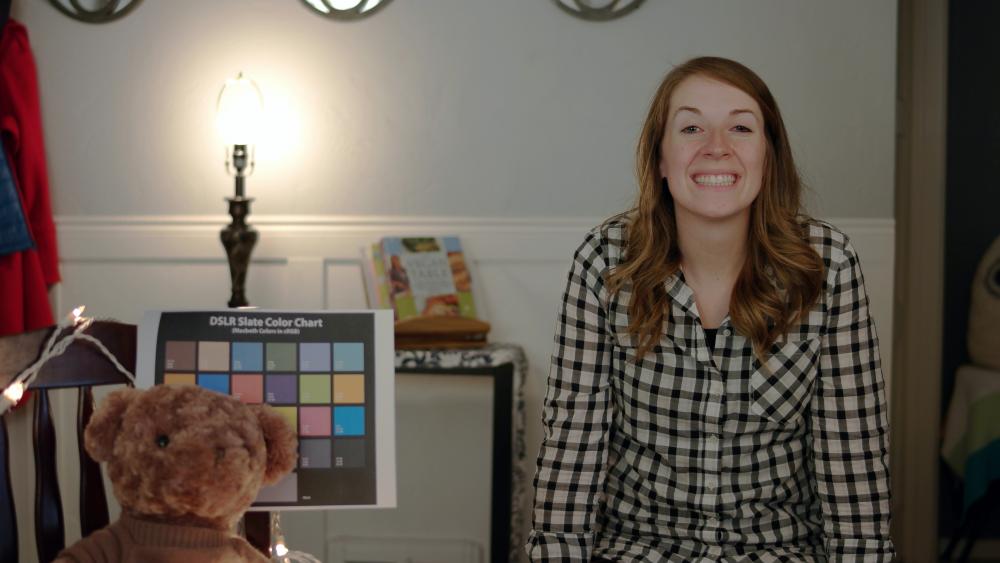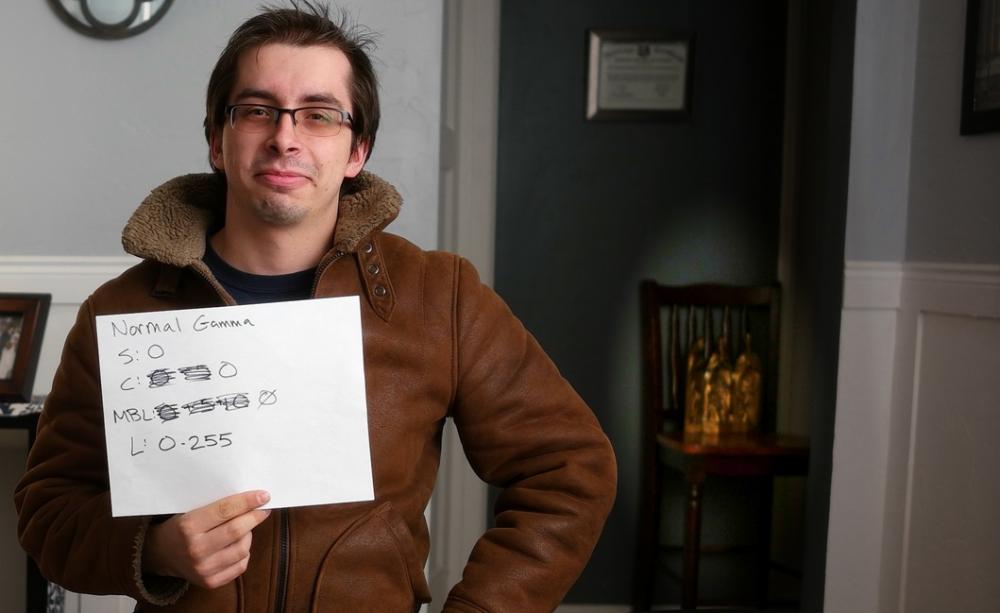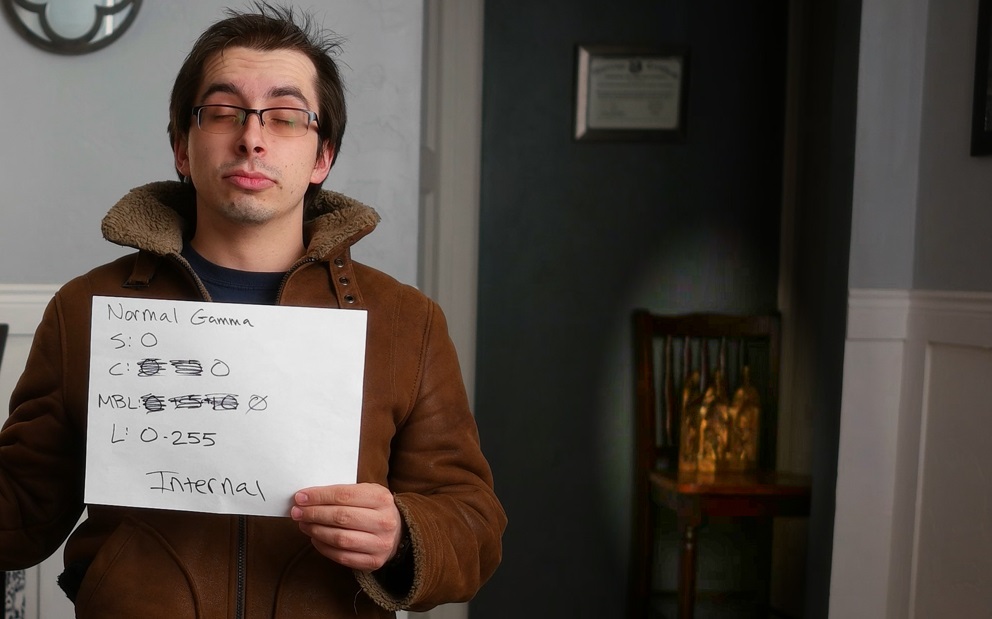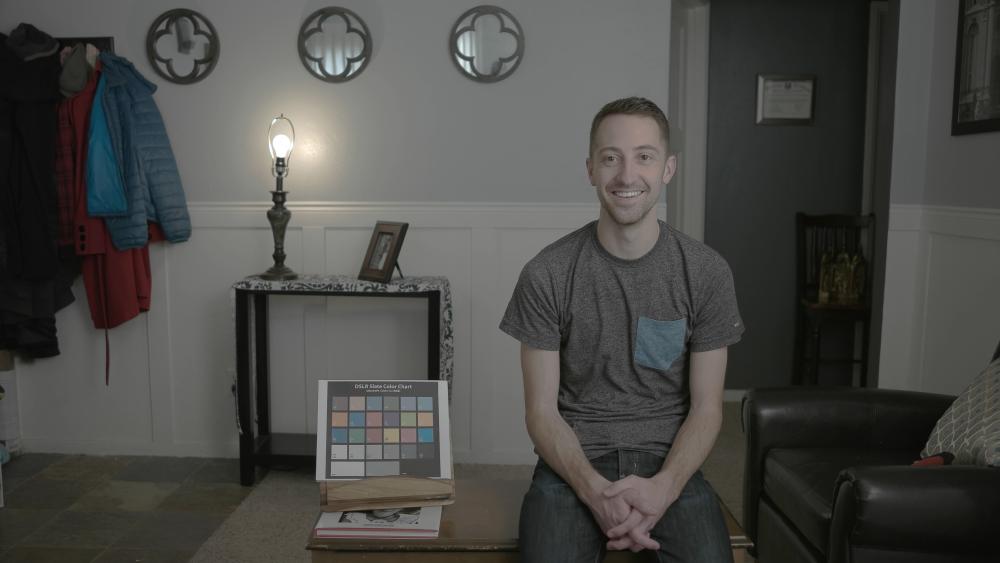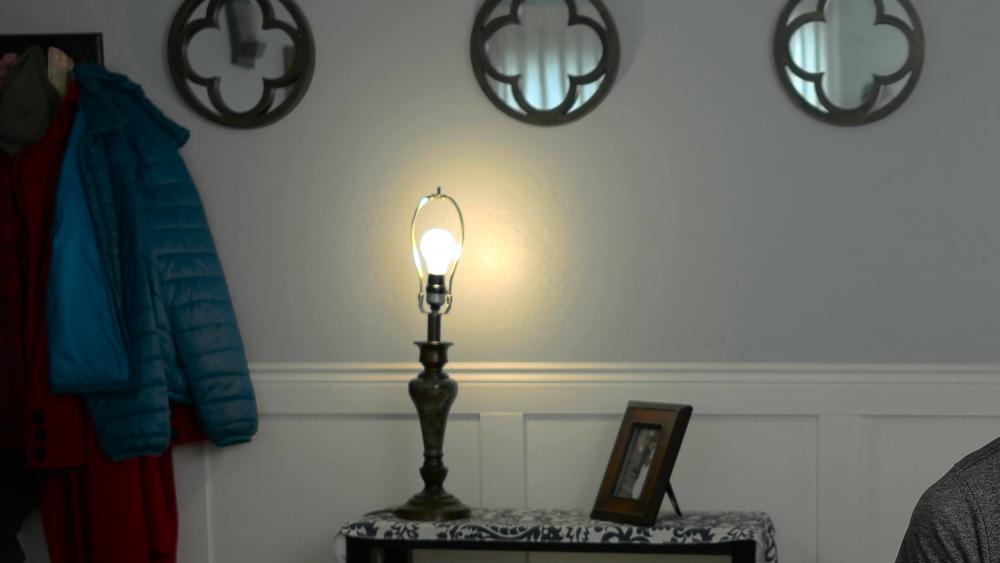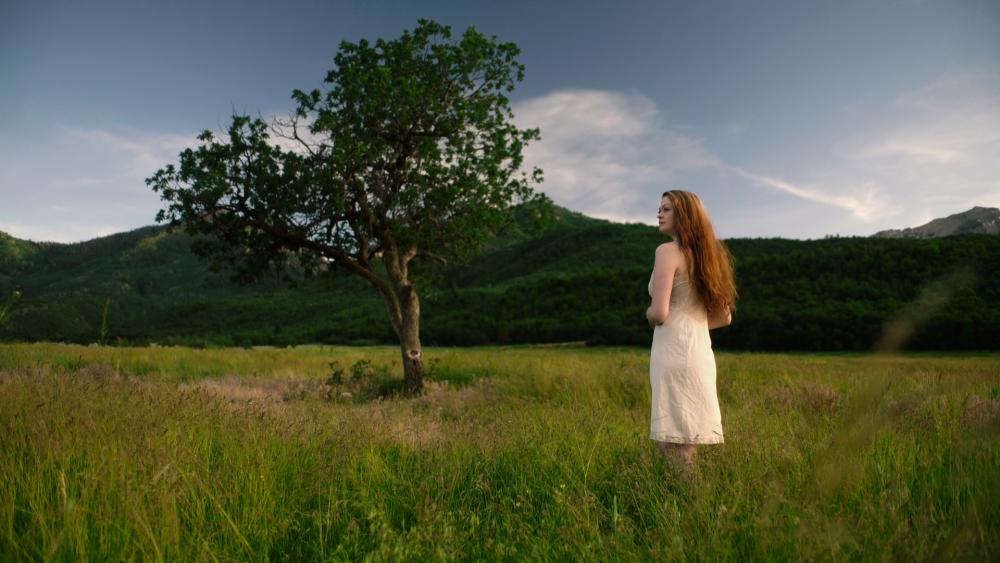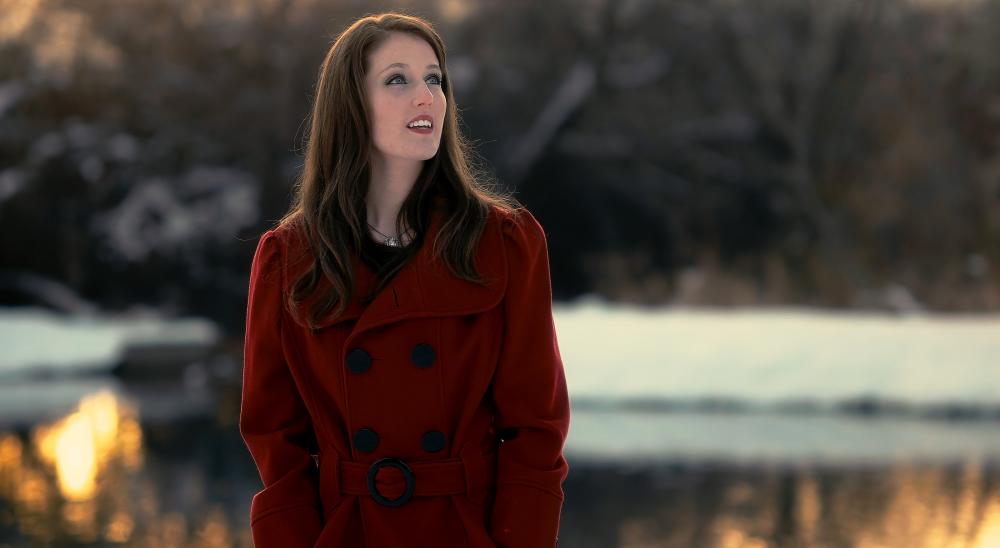-
Posts
113 -
Joined
-
Last visited
Content Type
Profiles
Forums
Articles
Everything posted by caseywilsondp
-
Truth is I don't even know what Andrews suggested settings are, other than gamma DR. Doesn't Andrew supply a lut with the purchase of his e book?
-
Doubtful without some serious tweaking. Give it a shot and see if you like it. Maybe you do, maybe you don't, but try it with my settings before you make up your mind. My guess is Andrews guide will give you more latitude than mine, but I've liked the constancy of the colors and safety from banding that my settings deliver.
-
I feel colors end up looking very natural: My testing results: http://caseywilsondp.com/2016/01/27/best-nx1-settings-for-4k-video/ Luts for nx1: http://caseywilsondp.com/2016/03/24/samsung-nx1-free-lut-pack/
-
I have not extensively tested negative saturation, but in my limited testing of contrast/ Saturation, colors seemed to break a little faster with saturation modifications. -5 contrast seems to be the sweet spot for me with 0 saturation.
-
Maybe, I haven't used the latest version... but I saw no quantifiable improvement in my tests with 180mb.
-
he used the shogun in test 2 at least so the high bit rate hack wouldn't have given any benefit anyways (also, it doesn't give any benefit internally that I've seen either).
-
ok just a quick preview of the test i shot earlier. here are unedited 14 bit jpegs from the timeline. one is at bit rate 80mbps, 180mpbs, and one is 660+ mbps (shogun). can you tell from the stills (shogun might be obvious)? i'll upload the actual video files a little later. if anyone wanted to take a stab at grading these, i'd love to see it. wanted to test banding, shadow detail/macroblocking, skin tones, but had to run the test really quickly so I chose these settings: normal gamma, -10 contrast (to induce banding), -10 sharpness, 16-235 the color chart is just for reference, btw.
-
continuous yes... at least it hasn't cut out on me during my tests yet. later i could try a lower bit rate like 120 or something, but right now I just don't see benefits unfortunately.
-
I think PAL is your problem then. Try NTSC?
-
yes, but the hope would be that higher bit-rate would help that problem. ill do some tests at iso 100 but I'm fairly positive the result will be the same.
-
I'm having no such issue... camera boots up at the same speed as before, and no menu/touch screen issues. Maybe I'm doing something different, but when checking the footage it does indeed have the increased bit rate. Just tested 1080/120 at 180mbps and like mentioned it came out at 109fps and the bitrate was only 160mbps (still a huge increase). However the footage appears to be no different. That was at iso 640, which isn't ideal for this camera at 120, but honestly the 120 is fine at 100-200iso anyways so I was hoping that this would improve that. Again, just a quick and dirty test, but the footage while having a higher bitrate, is virtually identical in quality.
-
Seems like the biggest benefactor of this hack is 1080p, which is great because 120 quality was not awesome before.
-
vasile, thanks for your hard work! this is exciting stuff. did some initial tests of 80 vs 180 (highest my card can write continuously) and I see little to no difference, so double checked the file and sure enough it is 180mbps. That was just a rough shadow/highlight/detail test. Later I'll sit down with some lights and a person and set up a scene to really test it out. My guess right now is that hevc is extremely efficient, so the difference between 80 and 180 are going to be negligible. 320 might be different, but I can't test that until I get a faster card. This does seem to make sense because even at 660+ mbps to an external recorder, the main improvement is only in shadow macro blocking... even with nearly 600 more mbps. It's also being written as prores, so that could even account for some of the improvement.
-
not 120, but here is 60fps 1080p internal vs high bit rate http://www.eoshd.com/comments/topic/18661-your-ideal-nx1-settings/?do=findComment&comment=129594 I'm not entirely sure the camera is outputting 422. 8bit 422 on other dslrs produce much less banding which leads me to believe the nx1 is outputting 8bit 420 over hdmi. macroblocking is precisely what increased bitrate will help us with, however. 80mbps: 600 mbps: clearly here is some jpeg compression from the upload and its a major crop of the origional, but the difference i think is clear. higher bit rates = less macroblocking and more fine detail. it will not significantly reduce banding, we need 422 and ideally 10bit+ for that.
-
having used it with the a7s, that's just untrue. 422 8bit with big bitrates gave a hugely malleable image that virtually never banded (and we're talking about using it with slog2, a super flat image). I can't speak for the gh4 also, whats unweildy about prores lt? however, for the nx1, I'm not sure the price is worth the extra bitrate. while people have said its 422 over hdmi on the nx1, i don't see the color improvements i would expect if that were the case. not being a Samsung engineer i can't say for certain what bitrate is actually being spit out, but it is an improvement over the internal files particularly in shadow detail and virtually eliminating macroblocking. highlight detail is also a little bit improved, but not much. if I didn't already have the shogun I probably wouldn't go out and buy it, but because I own it the little extra improvements are worth the extra weight on my rig. anyways my post wasn't about the usefulness of the shogun, it's about keeping peoples expectations when it comes to higher bit rates in check.
-
Unfortunately it'll look like this: colored and punched into problem area: 600+ mbps prores hq recorded on shogun from the nx1 of course that is gamma dr -10 contrast... so about as extreme as you can get, and maybe its usable in cases where you wont have gradients, but as i demonstrated a lot in the "your ideal nx1 settings" thread, increased bitrate will help us with shadows and highlights (we can improve usable DR by 2 stops is my guess), but we need 422 to get us away from banding.
-
Ha, yes, we had some good interaction in that thread. And yes, for h265 you are probably correct. Prores on the shogun seems to care little between 0-255 and 16-235 once you actually grade the files. Sorry for this digression in this thread! My main point earlier that I may or may not have made, is that increased bitrate will help us, particularly in h265 with things like macroblocking, unfortunately I doubt it will help us with banding (as 220mpbs+ already doesn't seem to get rid of it ala the shogun). while h265 is a very impressive codec, I'd really like to see something come along in the hack that will give us 422 (i really dont think hdmi out is 422 on this camera, but i have no evidence other than the terrible banding that still occurs). with gammadr and -10 contrast the camera is capable of a ton of latitude, it just can't be pieced back together in color without significant banding.
-
I have made posts and posts about it in the "your ideal nx1 settings" thread. scientific depends on your definition of what a proper scientific approach would be, but i felt i was pretty methodical in trying to get the best image out of the camera possible. the problem is because I didn't apply a crazy filmy looking lut the end result, I dont think anyone cared
-
as I've found lower contrast to be more beneficial to a compressed image, that's what I've tested the most, and has really been the source of most of my gripes with the camera. The ability to lower saturation hasn't seem to yield many benefits in regards to post work, so I've only tried lowering it maybe to -5 at the most extreme, and I didn't see much benefit so I usually leave saturation at 0 now. With -5 contrast, 0-255, -10 sharpness and 0 saturation I've found the least amount of negative effects on the image, while gaining the most extra latitude. I have not found gammaDR to yield particularly better results (in regards to grading latitude).
-
Not sure banding will be fixed by a higher bit rate, and I'm not entirely sure it's the codec. Having shot 90% of my footage out to a shogun using proresHQ or dnxhr banding is still terrible when the image starts too flat. Conversely on the a7s with slog2 to the Shogun I could push and pull all I wanted and that little 8bit codec did just fine. My guess is that we are seeing the limits of 420, and that hdmi out is unfortunately not 422 Higher bit rate certainly doesn't hurt the image though, it's a good bit more detailed.
-
last years favorite was the nikon 28-70 2.8 (still taken from a7s video): this years most used are some of the sony cinealta t2 pl lens set (my buddy bought them) (stills from nx1 video) dream? tough. i'd love to shoot on some panavision anamorphic lenses.
-
http://camelcamelcamel.com/Samsung-Wireless-Mirrorless-Digital-Camera/product/B00NFDZRRA?utm_campaign=chrome_ext&utm_source=&utm_medium=camelizer you can't predict it for sure, but often you can start to see when a cycle will likely take place.
-
Isn't it identical to the shogun minus the sdi ports?
-
This is partially the cost we're playing paying for the entry level into the industry being so low. Not but 15 years ago the cost of filmmaking, heck of making a reel, was exponentially higher than it is today. A kid in highschool with $2000 worth of gear and some talent can make a spec that would rival the industries best in the 90s. That same jump in technology and low entry level means we have a harder time not only standing out, but means we're having to fight piracy at a level unimaginable 15 years ago.




